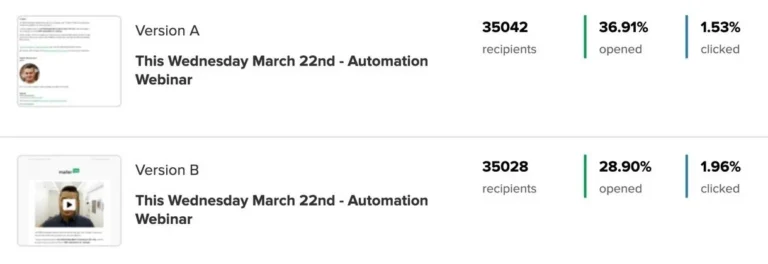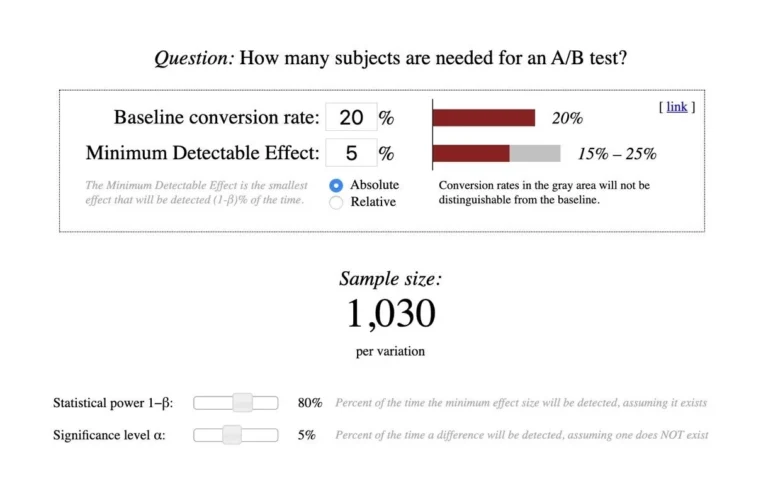Introduction
In the realm of digital marketing, email marketing continues to be a stalwart strategy for businesses
seeking to engage with their audience. However, with the ever-evolving landscape, simply sending out emails is no longer sufficient. To truly excel in email marketing, businesses must leverage techniques like A/B testing to optimize their campaigns for success.
What Is A/B Testing?
A/B testing, also known as split testing, is a method used to compare two versions of a webpage or email to determine which one performs better. In email marketing, it involves sending out two variations of an email to different segments of your audience and analyzing which version yields better
results.
Importance Of A/B Testing In Email Marketing
A/B testing holds immense importance in email marketing as it allows marketers to make data-driven
decisions rather than relying on guesswork. By testing different elements such as subject lines, content, images, and calls to action, businesses can identify what resonates best with their audience, leading to higher open rates, click-through rates, and ultimately, conversions.
Setting Up A/B Tests
Choosing Elements To Test
Before conducting an A/B test, it’s crucial to determine which elements of your email you want to test. Common elements include subject lines, sender names, content layouts, visuals, and CTAs. Start with one element at a time to isolate its impact on performance.

Designing The Test
Once you’ve selected the elements to test, create variations for each element. Ensure that each variation differs significantly from the other to draw conclusive results. Keep the overall objective of your email campaign in mind while designing the variations.
Implementing The Test

Using an email marketing platform that supports A/B testing, set up your test by defining the parameters, such as the size of your test audience and the metrics you want to measure. Ensure that the test is conducted on a statistically significant sample size to obtain reliable results.
Analyzing The Results
After the test is complete, analyze the results to determine which variation performed better. Look at metrics such as open rates, click-through rates, conversion rates, and revenue generated. Remember to account for any external factors that may have influenced the results.

Interpreting Data
Once you have the results, interpret the data to gain insights into your audience’s preferences and behaviors. Use this information to refine your email marketing strategy and improve future campaigns.
Keep experimenting with different elements to continue optimizing your results.
Making Informed Decisions
Armed with the insights from your A/B tests, make informed decisions about your email marketing strategy. Implement changes based on what you’ve learned and continue testing to iterate and improve
further.

Best Practices
Test one element at a time to isolate variables and draw accurate conclusions.
Segment your audience to tailor tests to specific demographics or behaviors.
Continuously test and iterate your email campaigns to stay ahead of the curve.
Common Mistakes to Avoid
Testing too many elements at once can muddy the results.
Ignoring statistical significance leads to unreliable conclusions.
Failing to apply insights from A/B tests to future campaigns.
Case Studies
Case Study 1: Subject Line Testing
A retail brand tested two subject lines for their promotional email: one highlighting a discount and the other emphasizing exclusivity. The version with the discount yielded a 20% higher open rate, leading to
increased sales.
Case Study 2: Cta Button Color
An e-commerce store tested different colors for their CTA buttons: red vs. green. Surprisingly, the green
button resulted in a 15% higher click-through rate, demonstrating the importance of testing even seemingly minor details.
FAQs
Statistical significance ensures that the results of your A/B tests are reliable and not due to chance. It helps you make confident decisions based on the data.
The duration of an A/B test depends on factors such as your audience size and the desired level of confidence. Aim for at least one week to capture variations in behavior.
If your A/B test results are inconclusive, consider testing a different element or adjusting your test
parameters to obtain clearer insights.
Yes, A/B testing can be applied to various digital marketing channels, including website optimization,
social media ads, and PPC campaigns.
Aim to conduct A/B tests regularly to keep refining and improving your email marketing strategy. Quarterly or bi-annually is a good starting point, but adjust based on your campaign schedule and
objectives.
Conclusion
A/B testing is a powerful tool in the arsenal of email marketers, allowing them to optimize their campaigns for maximum impact. By systematically testing different elements and analyzing the results, businesses can refine their strategies and drive better results. Embrace A/B testing as a cornerstone of your email marketing strategy and watch your success soar.






